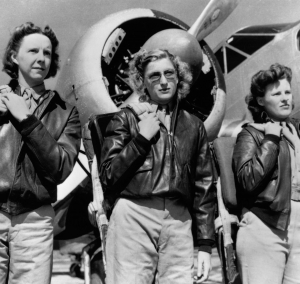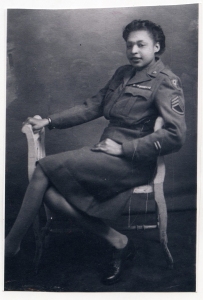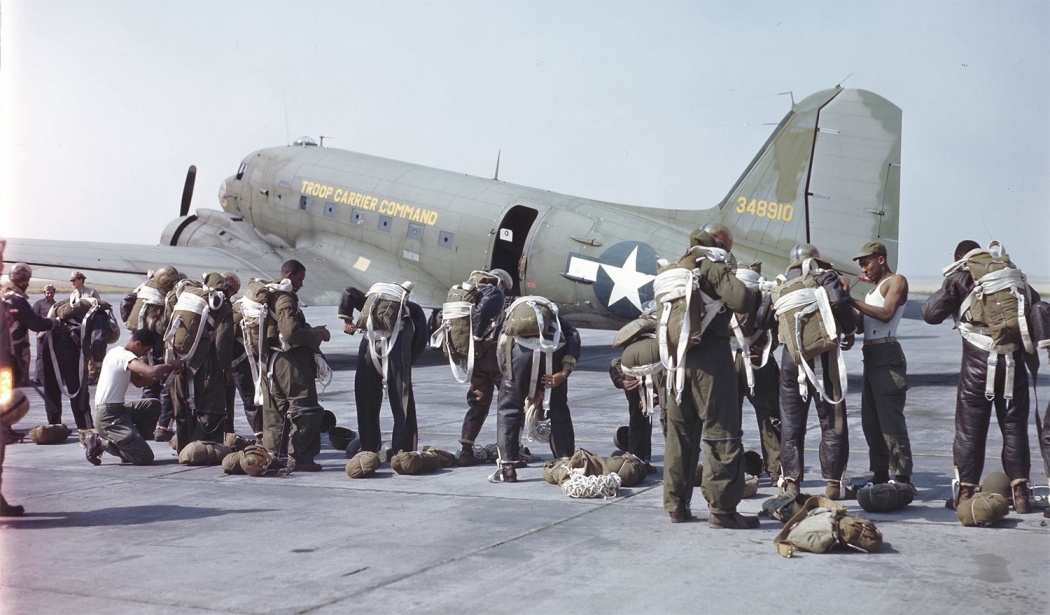Soon, visitors to the N.C. Museum of History will be able to go on a voyage of discovery to learn about the military experiences of North Carolinians who stepped up to “answer the call” to service. The permanent exhibit, Answering the Call: Experiences of North Carolina’s Military Veterans, 1898–1945, will open Tuesday, April 6.

A virtual lecture on Wednesday, March 31, will explore the role of the Women Airforce Service Pilots, or WASPs, the first women trained to fly the military’s frontline arsenal.
Moving through time, visitors will learn about the lives of soldiers during each conflict and interwar period — from the Spanish-American War (1898) through World War II (1941–1945)—using artifacts, vignettes, graphics, video clips, and oral histories.
“Rather than retelling the military and political history of each conflict, Answering the Call focuses on the individuals who became involved,” said Charlie Knight, curator of military history at the museum. “Seeing how everyday people got caught up in major national and world events provides a much more human connection between museum visitors and the past. The conflicts and time periods in large part are simply a backdrop — the people take center stage.”
History buffs can get a preview of the exhibit during a virtual lecture, Daughters of the Sky: The Legacy of Women Pilots in North Carolina. The Zoom event, at 7 p.m. Wednesday, March 31, will explore the role of the Women Airforce Service Pilots, or WASPs, the first women trained to fly the military’s frontline arsenal. John Mosely, assistant site manager at Fort Fisher State Historic Site, will lead the session, which closes out Women’s History Month programming at the museum.
Highlighted artifacts of the exhibit include:
- A Medal of Honor awarded at Veracruz, Mexico, in 1914;
- “Spy”-type items used by the federal Office of Strategic Services (OSS);
- Medals awarded to the second director of the Women’s Army Corps (WAC);
- A World War II–era pack howitzer artillery cannon.

Sgt. Millie Dunn Veasey of Raleigh. Photo courtesy of State Archives of North Carolina.
Media elements of the exhibit will feature reenacted film shorts that bring to life stories of people from our past using scripts based on primary sources. Sound domes will also present oral histories of North Carolinians associated with conflicts.
“The goal is to make this exhibit more than just guns and places on a map,” Knight said. “We worked to put a human face—a North Carolina face—to our military story. These efforts may have taken the form of a short biographical panel, a video with actors retelling a person’s story, or audio clips of veterans themselves recounting their experience.”
Visitors of the exhibit can watch historical film footage, try their hand at “lift-the-backpack” interactive stations, and stroll through environmental vignettes that depict WWI trenches, a WWII medical-aid station on Corregidor (Philippines), and the beach at Iwo Jima.
More information about the exhibit is available at ncmuseumofhistory.org/answering-the-call.






